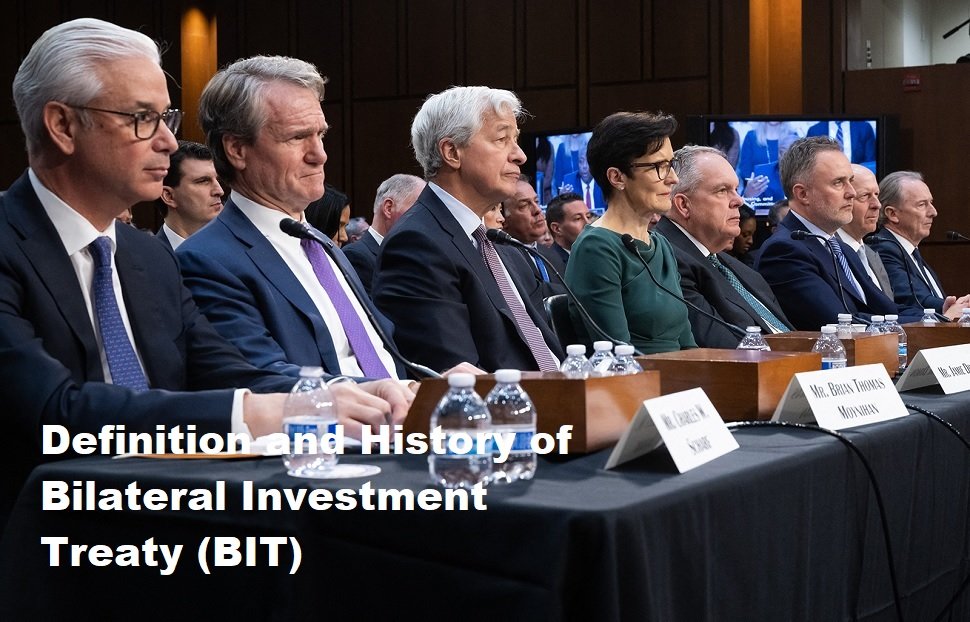Credit Spread is a term used in the financial world to describe the difference in interest rates between two different instruments with different levels of risk. In general, Credit Spread refers to the difference between the interest rate or yield offered by two bonds or securities with different credit ratings. Typically, bonds or securities with lower credit ratings will offer higher yields to compensate for the additional risk faced by investors. In an investment context, Credit Spread provides an overview of the potential returns and risks of an instrument. Investors can use Credit Spread as a factor in determining investment instruments that suit their risk profile. Apart from that, Credit Spreads can also provide information to investors regarding overall market conditions and market expectations regarding certain credit risks.
Financial instruments, such as bonds and securities as well as some derivative instruments such as Credit Default Swaps (CDS), are greatly affected by changes in the Credit Spread. Changes in Credit Spreads in the world of finance can be interpreted as changes in market perception of credit risk. Therefore, when investors assess their portfolios, it is important to consider the potential impact of changes in the Credit Spread on the value of their investments. Understanding the Credit Spread is essential for investors to analyze and manage the risks in their portfolio. By understanding the concept and relationship between Credit Spreads and investments and financial instruments, investors can make better decisions in choosing appropriate instruments and reacting to changing market conditions. So it is hoped that a good understanding of the Credit Spread will increase potential profits while reducing the risks in investing.
Factors Affecting Credit Spreads
In the Credit Spread analysis, there are several important factors that influence the size of the interest rate difference between corporate bonds and government bonds. The first factor is the issuer’s credit quality and credit rating. Credit quality reflects the bond issuer’s ability to fulfill its obligation to pay interest and principal on time. The higher the credit rating, the lower the risk of default, so the credit spread offered is usually lower.
The second factor that influences the credit spread is the time period until the bond matures. Generally, the longer the period until maturity of the bond, the higher the credit spread offered. This is because the risk of default will increase over time. Investors’ concerns about the uncertainty of the issuer’s future economic and financial conditions make them expect additional returns as compensation for taking risks.
The third factor that influences credit spreads is interest rates and market liquidity. When general interest rates fall, investors tend to look for investment instruments that offer higher returns, such as corporate bonds with wider credit spreads. Therefore, demand for these bonds increases, and credit spreads will narrow. Conversely, when interest rates rise, investors prefer safer government bonds, so the credit spread will widen.
Apart from the three factors above, it is also important to consider macroeconomic conditions and specific factors of the bond issuer. External factors such as changes in monetary policy, geopolitical conditions and regulatory changes can significantly influence credit spreads. At the same time, internal factors such as the issuer’s financial performance, industrial sector risk, and business strategy will also influence the size of the credit spread offered to investors. As a potential investor, it is important to understand and assess these various factors when making investment decisions.
How to Measure Credit Spread
One of the most common ways to measure credit spreads is to compare the bond yield with the risk-free rate. In practice, the yield on government securities that have the same maturity period is usually used as a reference for the risk-free interest rate. The first step in measuring credit spreads using the difference between bond yield and risk-free rate is to obtain yield data from the relevant debt instruments. This data can be obtained from sources such as financial reports, financial institution websites, or market data providers. Next, you must determine the appropriate risk-free interest rate. Ensure that the maturity period of the government securities used as a proxy for the risk-free rate corresponds to the debt instrument being measured.
Another alternative for measuring credit spreads is to use Credit Default Swaps (CDS). CDS is a derivative contract that aims to protect investors from the risk of default from the debt instrument issuer. In this case, CDS shows the premium costs that CDS buyers must pay to obtain protection against credit risk. The CDS premium can be interpreted as a measure of credit risk that reflects the market’s expectation of the likelihood of an entity defaulting. To use CDS to measure credit spreads, you need to understand the structure and characteristics of CDS contracts. Typically, CDS premiums are expressed in basis points (bp) of the face value of the contract. Therefore, the credit spread can be calculated by multiplying the CDS premium by the nominal value percentage. Although this method may be more complex than using bond yields and risk-free rates, it also provides more detailed information regarding the specific credit risk of the debt issuer as well as market expectations regarding the probability of default.
Examples and Implications of Using Credit Spreads in Investment
Credit spread is the difference between the yield levels of bonds of different quality, such as between corporate bonds and government bonds. In an investment context, an increase in credit spreads can provide investors with a clue to the potential for higher risk in their portfolio. For example, if the credit spread value between corporate bonds and government bonds increases, this indicates that the market considers the level of credit risk of the corporate issuer to be higher and this affects investment strategies. In situations where there are fluctuations in credit spreads, investors should pay close attention to these changes and their implications for their portfolios. More conservative investors may adjust their investment strategies if credit spreads widen because this reflects higher risk. Conversely, more aggressive investors may see an opportunity to purchase higher-yielding bonds when credit spreads widen, provided they are willing to tolerate the additional risk.
Risk management is an important component in managing an investment portfolio. In this case, credit spread can be used as an indicator to measure and manage credit risk in a portfolio. If credit spreads narrow or widen over time, investors should consider the impact on portfolio composition. For example, if there is an increased risk of default on certain corporate bonds, investors may need to make adjustments in their asset allocation to avoid potential losses. Overall, understanding credit spreads and their implications for investing is critical to successful portfolio management. Credit spreads can be an important reference that helps investors identify potential credit risks and develop appropriate investment strategies. Apart from that, analysis of credit spread movements also provides additional perspectives that are useful for making adjustments in asset allocation and risk management, thereby enabling investments to run more optimally and produce the expected returns.









